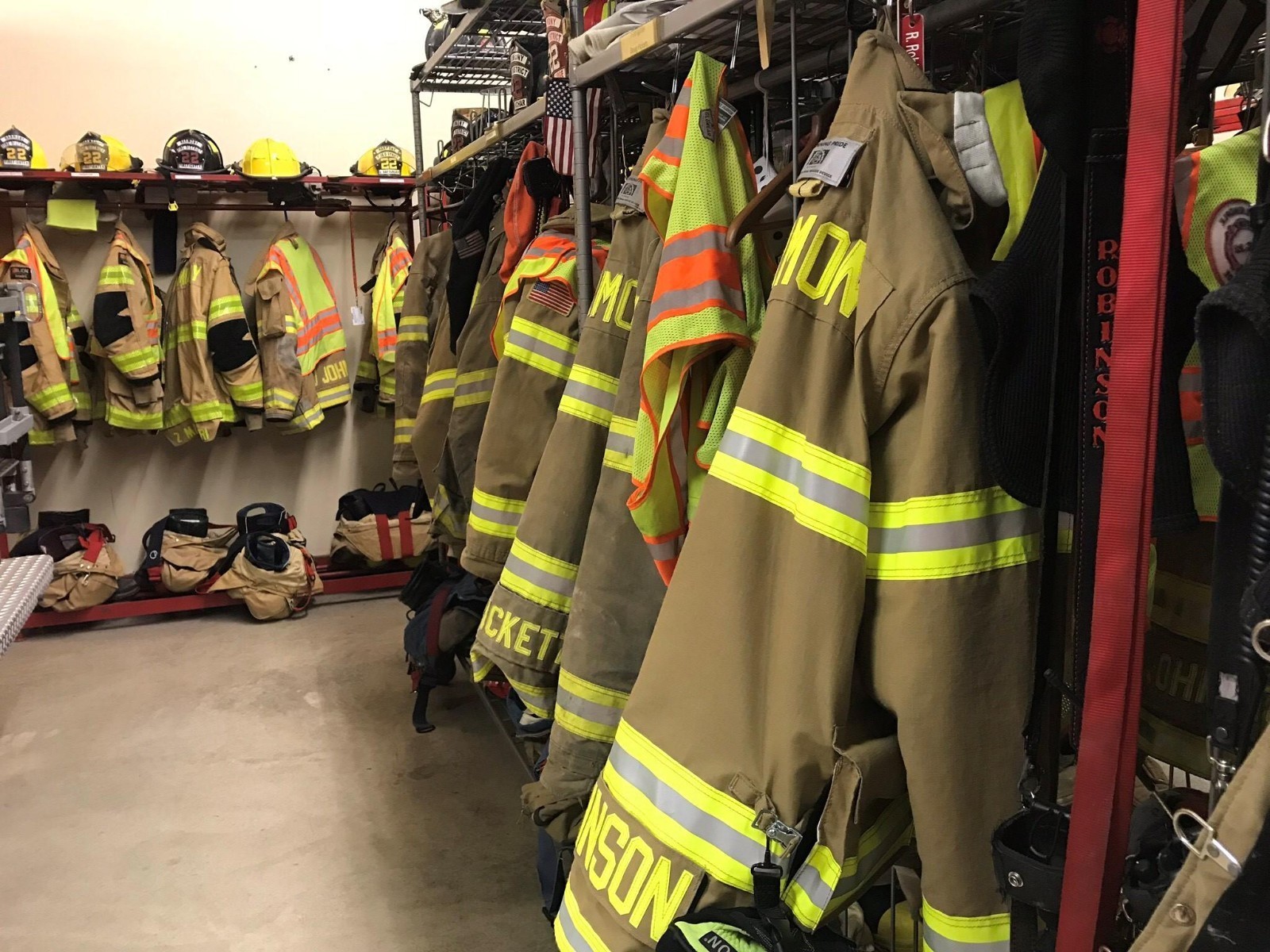
As the installation of residential energy storage systems (ESS) increases, the frequency of fire incidents involving these products will increase. To date, at least 60 residential ESS fire events have been documented globally, including 19 incidents in 2022 and 21 incidents at the time of this publication in 2023.
In response to this new and evolving hazard for the fire service, the International Association of Fire Fighters partnered with UL Solutions and UL Fire Safety Research Institute to conduct a series of large-scale tests sponsored by the U.S. Department of Energy. This test series was designed to characterize the challenges for firefighters responding to fires involving residential energy storage systems with a focus on developing size-up and tactical considerations to support the fire service in navigating the modern fireground.
This project included four large-scale tests including one baseline test and three tests utilizing a mockup of a residential lithium-ion battery energy storage system installed in a representative two-car garage. The ESS was constructed with three units with the equivalent energy capacity of 17 kWh per unit. The impact of ventilation operations was considered for scenarios where batteries enter thermal runaway without prompt ignition, as well as scenarios where batteries are involved in a surrounding room and contents fire. This testing demonstrated the impact of lithium-ion battery involvement on fire growth rate.
WHAT THIS MEANS FOR THE FIREFIGHTERS & FIRE OFFICERS:
For the firefighter, this means incipient fires, well-developed fires, and explosion hazards followed by fires, and rapid-fire growth should all be included in their mental models considered when responding to li-ion battery-initiated incidents. Unburned battery gas, if present in a ventilation-limited fire, will increase the flammability of the smoke and can contribute to an increased risk of backdraft, as demonstrated in Tests 3 and 4. This reinforces the potential impact of ventilation that could result in a deflagration or a rapid transition to flashover. Deflagration scenarios in a residential garage are considered in three cases: partial volume deflagration, full volume deflagration, and backdraft.
Lithium-ion battery thermal runaways without active fire may be recognizable by distinct white/gray battery gas leaking from the structure and forming low-hanging clouds. Should thermal runaways occur after firefighters enter, thermal runaways can be indicated by a two-layer accumulation of whitish/gray lighter gases near the ceiling and heavier gases and vapors along the floor.
However, there are no reliable visual, thermal imaging, or portable gas meter indicators to confirm battery involvement in a room and contents fire. Additional indicators for battery involvement should be considered beyond smoke appearance.
Other common detection methods (smoke alarms, CO alarms, heat alarms) may be able to detect thermal runaway but may not be viable to detect all thermal runaway scenarios and may be susceptible to nuisance.
The timing and severity of a battery gas explosion is unpredictable. An explosion hazard begins the instant batteries undergo thermal runaway and release gas without burning. A significant explosion hazard can develop before any exterior indicators (visual or measurable) are shown. Additionally, unburned battery gas ignites readily and can increase the flammability of the smoke in a ventilation-limited fire. Firefighters are at the greatest risk for explosion hazards in the driveway and doors, windows, and other vent points. The fire apparatus should not be parked in front of the garage door to avoid this hazard.
Portable gas meters are not effective for determining whether a garage fire involves li-ion batteries. The structure should not be approached or entered to take gas meter measurements if there is a suspected case of batteries in thermal runaway and there are no indicators of a concurrent fire.
Full structural PPE (Level D ensemble) with full SCBA should be donned before performing size-up. In all cases when li-ion thermal runaways are suspected, hose lines should be pre-deployed, charged, and ready for operations before ventilation or entry.
The report is attached here: https://drive.google.com/file/d/1elRLocLz-ZslbZ7jo_BRBIlVTlQc-J70/view?usp=sharing
MORE HERE:
https://www.iaff.org/news/emerging-fire-hazard-residential-energy-storage-systems/
Thanks to UL/FSRI & UL Solutions, along with the IAFF for again being at the modern forefront of training all firefighters in what we have to face in the field.
Source: www.FireFighterCloseCalls.com

